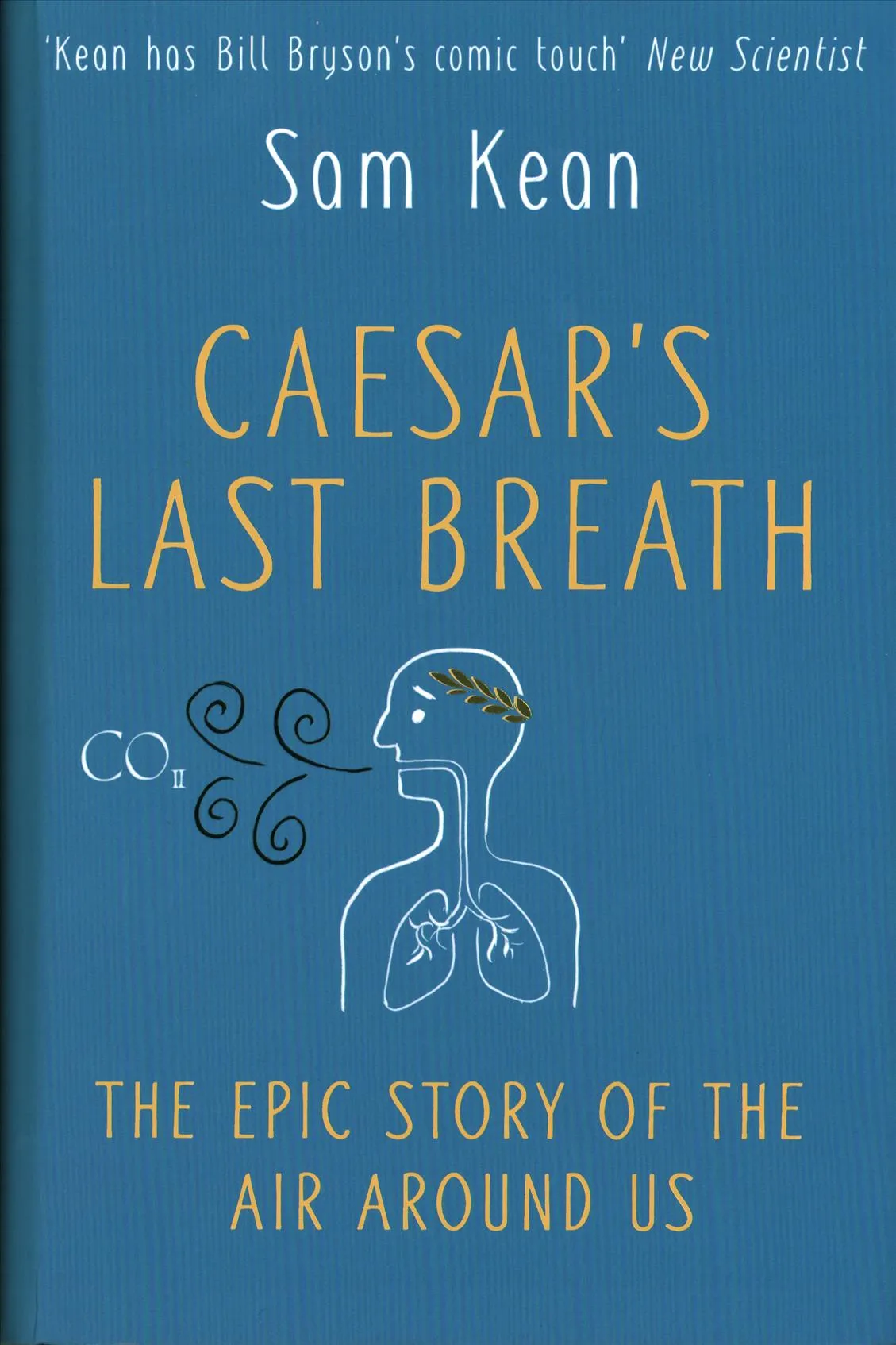This interview first appeared inissue 310ofBBC Focusmagazine. For the latest science books, interviewsand fun things to do check out the Out There sectionevery issue -subscribe here.
Are we really breathing in some of Caesar’s last breath?
The story goes that in 44 BC in Rome, Julius Caesar was assassinated by a group of his own senators, crumpling to the floor with a final gasp. This last breath contained around 25 sextillion (that’s 25 followed by 21 zeroes) air molecules, which would have spread around the globe within a couple of years. A breath seems like such a small thing compared to the Earth’s atmosphere, but remarkably, if you do the math, you’ll find that roughly one molecule of Caesar’s air will appear in your next breath.
And it doesn’t stop there. In the same way, you might currently be inhaling Cleopatra’s perfume, German mustard gas and even particles exhaled by dinosaurs.
What exactly are these air molecules?
Nitrogen and oxygen are the main ingredients of air, making up 99 per cent, but that extra 1 per cent is still really important. It’s like a glass of wine: most of the wine is alcohol and water, but there are all these extra overtones and flavours, too. In air, this 1 per cent is responsible for all of global warming as well as all scents and perfumes. It includes carbon dioxide, nitrous oxide (laughing gas), assorted pollutants and volcano exhaust.
The ingredients of air reveal the world’s entire history. Some of them have been around since the early days of the planet, while some only arose with the arrival of life, or with human civilisation.
Where did our atmosphere come from?
We’ve actually had four different atmospheres in the Earth’s history. The first was a wispy leftover from our planet’s formation, and soon got blown away. The next came from the ground, seeping out of cracks in the Earth’s surface – mostly carbon dioxide and water vapour, but also gases such as sulphur dioxide and hydrogen sulphide. Atmosphere number three was dominated by nitrogen, emitted from volcanic vents in relatively small quantities, but capable of sticking around for a long time. And finally, oxygen began to build up in the atmosphere thanks to early, photosynthesising life forms. This paved the way for an oxygen-rich atmosphere that could support complex life.
If you wanted to travel back in a time machine to the Earth’s distant past and take a deep breath outside, you’d only be able to go back a few hundred million years – it’s only very recently in our planet’s history that there’s been enough oxygen to sustain us.
How is the air we breathe changing?
The atmosphere is like a living thing – it’s constantly evolving. The rates of carbon dioxide and other greenhouse gases are increasing, and the air is more radioactive now because we’re still dealing with fallout from 1950s nuclear weapons tests.
We also see a lot more complex, human-made molecules in the air today. If aliens were to look at our planet’s atmosphere, the presence of these gases would be a good sign that the Earth harbours life. Likewise, the next generation of telescopes should allow us to start looking for these complicated gases in the atmospheres of distant exoplanets, helping us to search for the best candidates for extraterrestrial life.
I think it’s also inevitable that we’ll find an exoplanet with a great mix of gases for us to survive on. The hard part will be figuring out how to get there.
What other interesting stories did you uncover about the air?
One of my favourites involves Charles Dickens. In his 1853 novelBleak House, a character called Krook appears to spontaneously combust, turning into a pile of ash. At the time, scientists were beginning to figure out how breathing works, and they were also starting to make connections between burning and the oxygen in air. So some people thought that if we have a lot of oxygen in our bodies, maybe we could spontaneously ignite. It’s possible that these ideas influenced Dickens, along with eyewitness accounts. But now, of course, we know it’s not possible. The body is up to 75 per cent water, and even the worst fever doesn’t get us hot enough to start a fire.

Follow Science Focus onTwitter,Facebook, Instagramand Flipboard